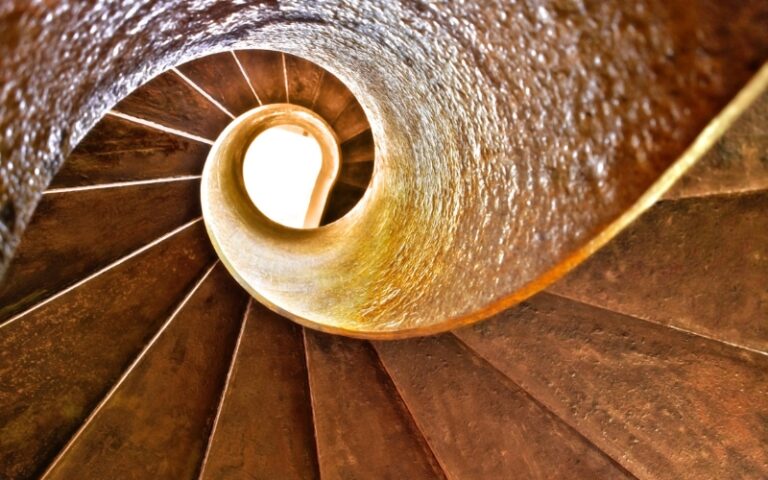How to Calculate the Area of a Trapezoid: Your Complete Step-by-Step Guide
Learning how to calculate the area of a trapezoid doesn’t have to feel overwhelming. Whether you call it a trapezium or trapezoid, this four-sided shape appears everywhere from roof designs to playground equipment. Today, we’ll walk through everything you need to master the trapezoid area formula and solve real-world problems with confidence.
What Is a Trapezium Trapezoid?
A trapezoid (or trapezium in British English) is a quadrilateral with exactly one pair of parallel sides. These parallel sides are called bases, while the non-parallel sides are called legs. You’ll find this trapezium shape in architecture, engineering, and everyday objects around you.
The trapezium properties that make it unique include:
- Two parallel sides (bases) of different lengths
- Two non-parallel sides (legs)
- Four interior angles that sum to 360 degrees
- Height measured perpendicular to the parallel bases
The Essential Trapezoid Area Formula
The area of trapezoid formula is surprisingly straightforward:
Area = ½ × (b₁ + b₂) × h
Where:
- b₁ = length of the first base
- b₂ = length of the second base
- h = height (perpendicular distance between bases)
This trapezium area formula works because you’re essentially finding the average length of the two bases and multiplying by the height.
How to Find Area of Trapezoid: Step-by-Step Method
Follow these simple steps to calculate the area of a trapezium:
Step 1: Identify Your Measurements
- Measure both parallel sides (bases)
- Find the perpendicular height between them
- Double-check your units match
Step 2: Apply the Formula
- Add the two base lengths together
- Multiply the sum by the height
- Divide the result by 2
Step 3: Verify Your Answer
- Check if your result makes logical sense
- Ensure you’ve used the correct units for area (square units)
Practical Example: How to Find the Area of a Trapezoid
Let’s solve a real problem step by step:
Problem: A trapezoid has bases measuring 8 meters and 12 meters, with a height of 5 meters. What’s the area of trapezium?
Solution:
- Base 1 (b₁) = 8 meters
- Base 2 (b₂) = 12 meters
- Height (h) = 5 meters
Using our formula area of trapezoid: Area = ½ × (8 + 12) × 5 Area = ½ × 20 × 5 Area = ½ × 100 Area = 50 square meters
Properties of Trapezium: Key Characteristics
Understanding trapezium properties helps you identify and work with these shapes more effectively:
Base Properties
- The parallel sides can have any positive length
- Longer base typically sits at the bottom
- Bases never intersect (they’re parallel)
Height Characteristics
- Always measured perpendicular to both bases
- Represents the shortest distance between parallel sides
- Critical for accurate area calculations
Angle Relationships
- Adjacent angles between parallel sides are supplementary
- Sum of all interior angles equals 360 degrees
Using a Trapezoid Area Calculator
While manual calculations build understanding, a trapezoid area calculator offers quick verification. These tools typically require:
- Both base measurements
- Height measurement
- Consistent units throughout
Many online calculators also show step-by-step solutions, helping you learn the formula trapezium application.
Common Mistakes When Finding Trapezoid Areas
Avoid these frequent errors:
Measurement Confusion
- Don’t confuse leg length with height
- Always measure height perpendicular to bases
- Keep units consistent throughout calculations
Formula Errors
- Remember to divide by 2 in the final step
- Add bases before multiplying by height
- Don’t forget parentheses in complex calculations
Real-World Applications of Trapezio Area Calculations
The area of a trapezoid formula applies to numerous practical situations:
Construction and Architecture
- Calculating roof areas for material estimates
- Determining flooring needs for irregular spaces
- Planning garden bed layouts
Engineering Projects
- Bridge design calculations
- Water channel cross-sections
- Structural support planning
Advanced Trapezium Shape Variations
Not all trapezoids look identical. You might encounter:
Isosceles Trapezoids
- Both legs have equal length
- Base angles are equal
- Symmetric about the perpendicular bisector
Right Trapezoids
- One leg is perpendicular to both bases
- Creates two right angles
- Simplifies some calculations
Frequently Asked Questions
How do you calculate the area of a trapezium without height?
You need the height to use the standard area of trapezium formula. If you only have the bases and legs, you’ll need to use the Pythagorean theorem or trigonometry to find the height first.
What’s the difference between trapezoid and trapezium?
These terms refer to the same shape. “Trapezoid” is commonly used in American English, while “trapezium” is preferred in British English. Both describe a quadrilateral with one pair of parallel sides.
Can you use the trapezoid area formula for parallelograms?
Yes! A parallelogram is actually a special type of trapezoid where both pairs of opposite sides are parallel. The formula area of a trapezium still works because both bases are equal in a parallelogram.
How to find area of trapezoid with only three measurements?
If you know both bases and one leg, you can find the height using the Pythagorean theorem (assuming you can form a right triangle). Then apply the standard trapezoid area formula.
What units should I use for trapezoid area calculations?
Always use consistent linear units for all measurements (inches, feet, meters, etc.). Your final area will be in square units (square inches, square feet, square meters, etc.).
Is there a shortcut for calculating trapezium areas?
The standard formula trapezoid area is already the most efficient method. Some calculators might use slightly different arrangements of the same formula, but the mathematical principle remains identical.
Mastering Trapezoid Area Calculations
Now you understand how to calculate the area of a trapezoid using the fundamental area of trapezoid formula. Practice with different measurements, verify your work with online calculators, and apply these skills to real-world problems.
Remember: the key to success lies in careful measurement, consistent units, and methodical application of the trapezium area formula. Whether you’re planning a construction project or solving homework problems, these skills will serve you well.
Keep practicing, and soon calculating the area of a trapezoid will become second nature!






